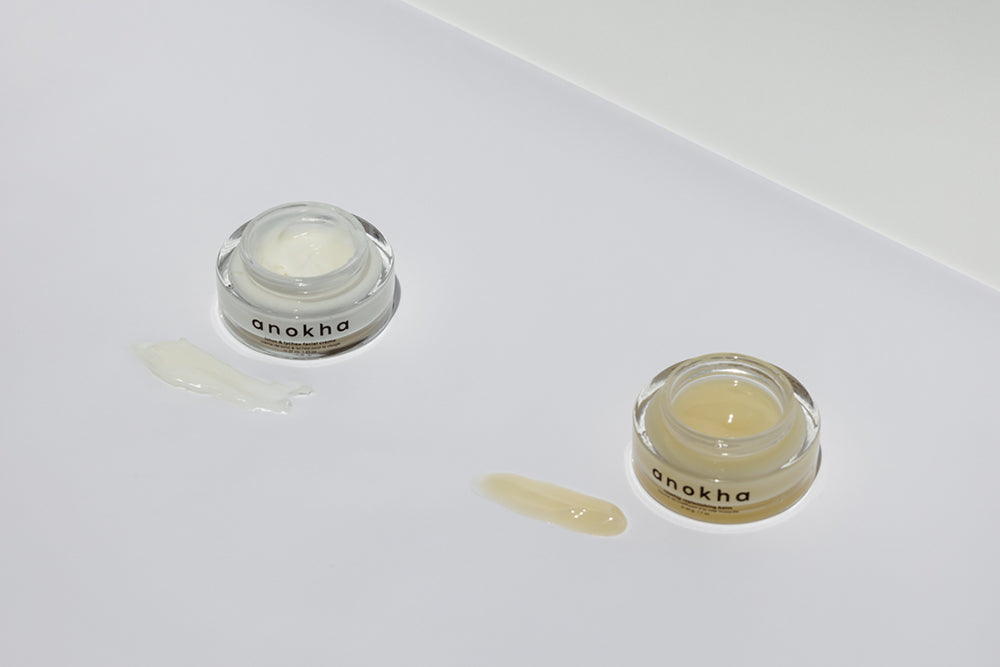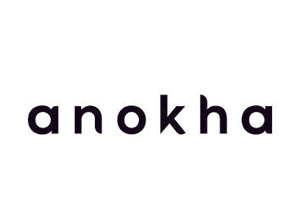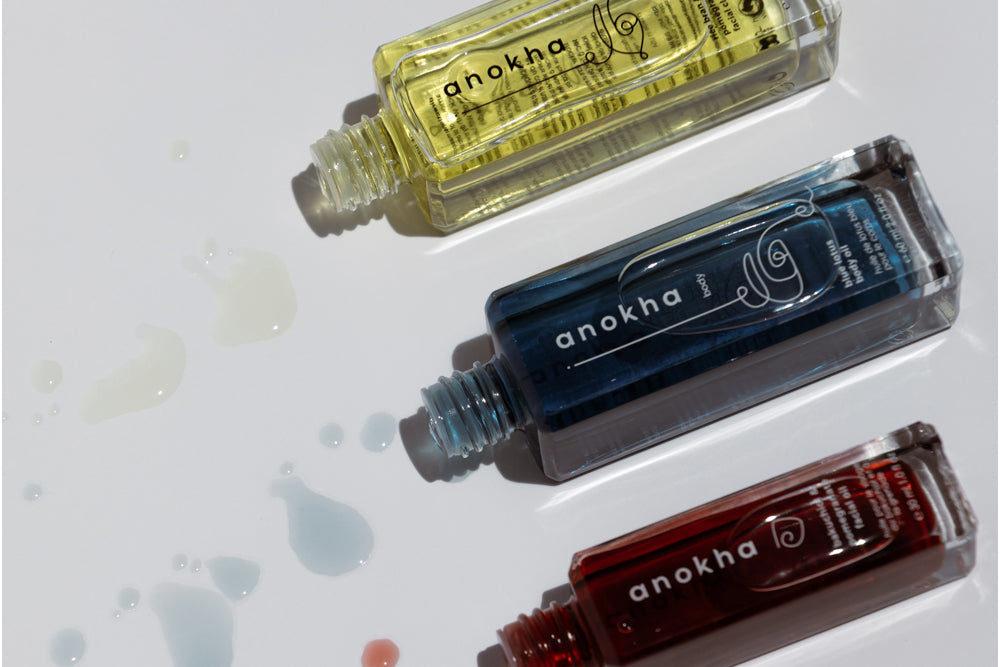
skin types

the bottom line
There is a tendency to oversimplify skin – normal, oily, dry, combination – without considering that it changes on a regular basis, responding to variations in the weather, our environment, and our health. But if you’re just starting out in the world of skin care, it can nonetheless be helpful to think of skin types in general terms as a guide to selecting something that works best for you. The commonly used descriptors of normal oily, dry, and combination skin types reflect differences in sebum production levels, pore size, texture, and tone. Keep reading to learn more about how we categorize skin, and what works best for each group.
first layer: normal skin
It’s hard to define “normal”, but when it comes to skin, we’re usually talking about skin that’s neither oily nor dry – perhaps “just right”. Think of the skin of a child – perfectly hydrated with normal sebum levels, fine pores, smooth texture, vibrant tone – it’s an idealized version of skin which most of us don’t have. If you are one of the blessed few who happen to have these characteristics, congratulate yourself and stick to a simple routine of maintenance: cleanser, toner, moisturizer. We recommend our oatmeal cleansing milk, lotus flower & rosewater toner, and jasmine serum, twice daily.
second layer: oily skin
Oily skin occurs secondary to overproduction of sebum*, a natural substance produced by sebaceous glands*. Sebum is mainly composed of lipids, and acts as a protective barrier that moisturizes the skin, helps to regulate body temperature and protects against pathogens and pollution. In moderation, it’s critical for healthy skin, but when in excess it can lead to oily skin and acne. Oily skin is notable for its excess shine (not to be confused with translucent glass skin), enlarged pores, and congestion. Increased sebum production can occur as a result of genetics, changes in hormones (as occur during puberty, pregnancy, and menopause), stress, and humidity.
The temptation with oily skin is to cleanse vigorously and hydrate sparingly, but this technique backfires almost immediately as the skin responds by producing more sebum to balance the loss. The key instead is to use products that bring the skin back in balance. For oily skin, we recommend the lineup in our anokha® man capsule. Our rice & hinoki facial cleanser contains rice water, coconut milk, and bamboo water to gently cleanse the skin of excess oil without stripping the skin. Lemongrass and hinoki oils have been added for their antiseptic properties. Willow bark within our white tea & lychee toner gently exfoliates dead skin cells and excess oil, while white tea and Centella asiatica contain potent antioxidants to help protect sensitized skin. Lychee fruit assists in brightening skin tone, while sodium PCA and propanediol are humectants* which draw moisture into the skin. Finally, our sake & sandalwood facial lotion contains sake to moisturize and brighten skin, allantoin and Centella to decrease skin irritation, and sandalwood oil to hydrate and tighten.
third layer: dry skin
Dry skin is notable for the opposite of oily skin, with insufficient sebum production. The skin barrier* can also become compromised, leading to dehydration and sensitivity of the skin. The skin appears scaly, flaky, red, and dull, and may even feel rough and tight after cleansing. Dry skin can occur secondary to heredity; climate, as both cold weather with low humidity and air conditioning can contribute to dryness; aging, with a decreased ability to produce sebum; and hormonal changes. We’re always advocates for a gentle approach to the skin and recommend cleansing with a creamy cleanser such as our oatmeal cleansing milk to avoid stripping the skin. Follow with an alcohol-free toner such as our lotus flower & rosewater toner which contains humectants sodium PCA and propanediol to draw moisture to the skin. Finish with a moisturizer and facial oil to hydrate and seal in moisture.
fourth layer: combination skin
Finally, combination skin traditionally possesses elements of both dry and oily skin in different parts of the face. The T-zone which consists of the forehead, nose and chin, tends to be oily, while the cheeks and peri-orbital (around the eyes) regions are dry. Skin can become prone to congestion and irritation. For this reason, we also consider combination skin to be sensitive skin which is quite similar to post-surgical skin.
Our products were originally inspired by Dr. Naidu’s patients who were increasingly unable could not tolerate harsh medical-grade skincare. The oatmeal cleansing milk, lotus flower & rosewater toner, and jasmine serum have been clinically tested and allergy tested and are suitable for sensitive skin. For areas of irritation, the rosehip replenishing balm is helpful in soothing the skin while providing an occlusive layer of protection.
fifth layer: how we do it
We always stress that our skin is layered, not just physically, but also in terms of experience and needs. These change with the seasons and age, so consider skin types to be fluid as yours will also change throughout the year. As always, if you are prone to allergic reactions, we recommend that you test a small amount of product on your forearm prior to using it on your face or body. the sample set may be an ideal starting point for you if this is the case.
All this and more at www.anokhaskincare.com .
xx
anokha
definitions:
combination skin: combination skin traditionally possesses elements of both dry and oily skin in different parts of the face.
dry skin: dry skin is notable for the opposite of oily skin, with insufficient sebum production. the skin barrier can also become compromised, leading to dehydration and sensitivity of the skin.
humectant: a humectant is a substance that attracts water from the dermis and environment.
normal skin: normal skin is skin that's neither oily nor dry. it's typically well-hydrated, with normal sebum levels, fine pores, smooth texture, and even skin tone.
oily skin: oily skin occurs secondary to overproduction of sebum, a natural substance produced by sebaceous glands. oily skin is notable for its excess shine, enlarged pores, and congestion.
sebaceous glands : oil-producing glands of the skin
sebum: sebum is mainly composed of lipids, and acts as a protective barrier that moisturizes the skin, helps to regulate body temperature, and protects against pathogens and pollution.
skin barrier: the skin barrier protects against external agents including mechanical and chemical insults, heat, pathogens, water, and radiation.
faq's:
what is normal skin?
normal skin is skin that's neither oily nor dry. it's typically well-hydrated, with normal sebum levels, fine pores, smooth texture, and even skin tone.
what is oily skin?
oily skin occurs as a result of overproduction of sebum, a natural substance produced by sebaceous glands. it's notable for its excess shine, enlarged pores, and congestion.
what is dry skin?
dry skin is notable for the opposite of oily skin, with insufficient sebum production. the skin barrier can also become compromised, leading to dehydration and sensitivity of the skin.
what is combination skin?
combination skin traditionally possesses elements of both dry and oily skin in different parts of the face.



Laisser un commentaire
Ce site est protégé par hCaptcha, et la Politique de confidentialité et les Conditions de service de hCaptcha s’appliquent.